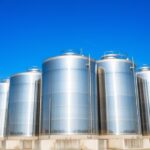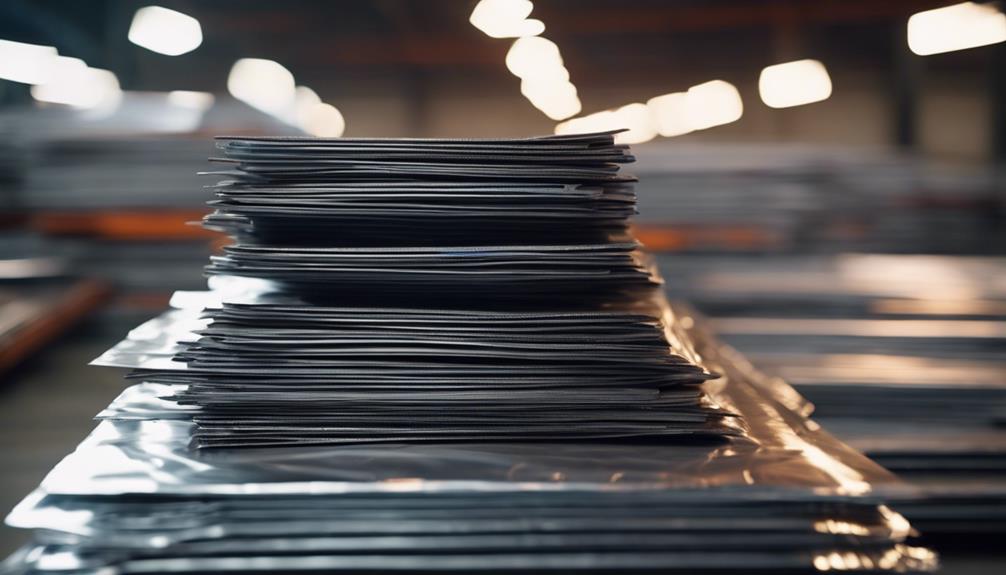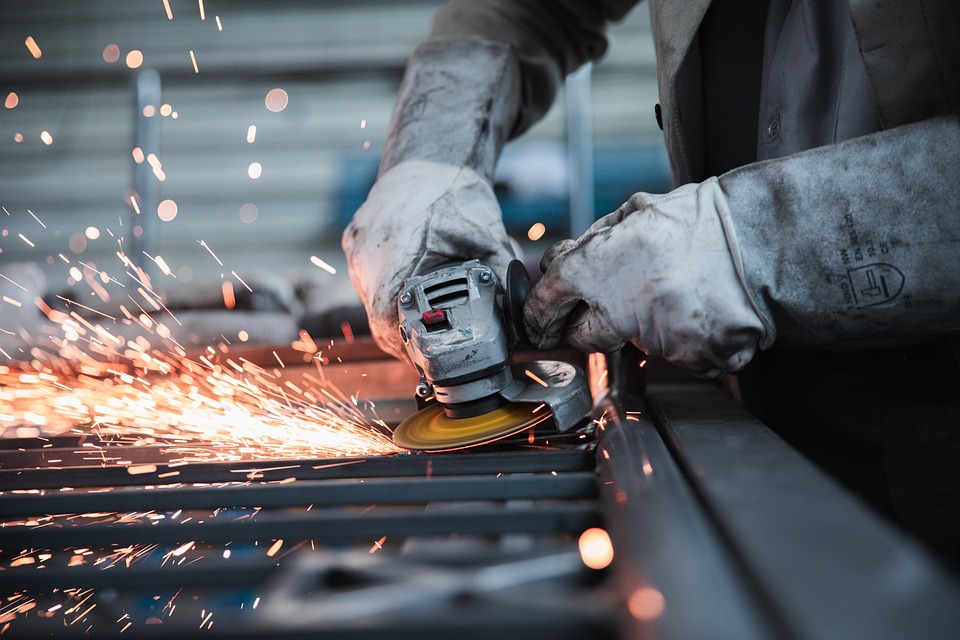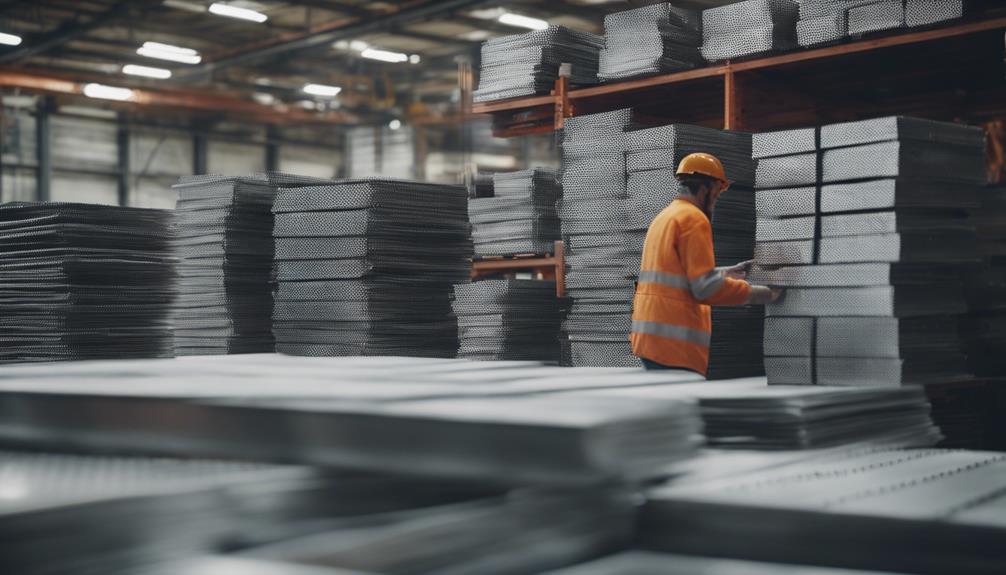When seeking a hot rolled sheet supplier, focus on their proximity, inventory system, and quality track record. Evaluate if they specialize in high strength low carbon steel and offer suitable processing techniques. Confirm they adhere to standards such as ASTM A1011, providing clear specifications for consistency. Consider customization options for thickness, width, and length to meet your needs. Hot rolled sheets find applications in agriculture, construction, and automobile industries, offering versatility where precise tolerances are not critical. Partnering with a reputable supplier is key to guaranteeing your industrial requirements are met. Understanding the benefits, factors, standards, options, and applications of hot rolled sheets will guide you towards making informed decisions for your business.
Key Takeaways
- Choose a supplier near your business for convenient logistics.
- Look for a supplier with efficient inventory management systems.
- Prioritize suppliers with a proven track record of quality and reliability.
- Consider suppliers offering various processing techniques.
- Opt for suppliers specializing in high strength low carbon steel for specific requirements.
Benefits of Hot Rolled Sheets
The advantages of utilizing hot rolled sheets in industrial applications are manifold and contribute greatly to operational efficiency. Hot rolled sheets, produced at high temperatures, exhibit enhanced formability, making them easy to shape and mold according to specific requirements. Their slightly oxidized surface is ideal for applications necessitating precision thickness. Furthermore, hot rolled sheets offer a cost-effective solution compared to cold rolled sheets, making them a preferred choice for various projects. The malleability of hot rolled sheets further enhances their versatility across different industries, allowing for efficient fabrication processes. Additionally, surface treatments like pickled and oiled provide corrosion protection, ensuring the longevity and performance of hot rolled sheets in demanding environments.
Factors to Consider When Choosing a Supplier
When selecting a supplier for hot rolled sheets, assessing their proximity to your business, inventory management system, and track record of quality and reliability is crucial. Confirm the supplier has a robust inventory management system to ensure they can deliver the necessary amount of hot rolled steel promptly. Additionally, inquire about the processing techniques they provide, such as cutting or slitting, to meet your specific requirements. Seek out suppliers specializing in high strength low carbon steel if that is what you need. Consider suppliers that not only offer competitive pricing but also flexible payment terms. By taking these factors into account, you can choose a supplier that meets your hot rolled sheet needs efficiently and effectively.
Quality Standards for Hot Rolled Sheets
To guarantee the quality and reliability of hot rolled sheets, adherence to industry-specific standards such as ASTM A1011 is essential. These quality standards ensure that hot rolled sheets meet specific chemical composition and mechanical requirements, ensuring conformance to set properties. Compliance with standards like ASTM A1011 is vital for ensuring the reliability and performance of hot rolled sheet products. By adhering to these quality standards, manufacturers can ensure consistency and uniformity in the properties of hot rolled sheets. Additionally, quality standards play an important role in providing clear specifications and guidelines for customers, enabling them to make informed decisions when selecting hot rolled sheet materials.
Customization Options Available
Offering a myriad of customizable features, hot rolled sheet suppliers cater to diverse project requirements with a range of thicknesses, widths, and lengths available. For hot rolled steel sheets, customization options may include different thicknesses, typically ranging from 16ga to 10ga, allowing customers to select the appropriate gauge for their specific needs. Suppliers also offer various width options, spanning from 48.00 to 60.00 inches, and length choices ranging from 96.00 to 144.00 inches, ensuring flexibility to suit a wide range of project demands. The weight per foot of hot rolled sheets varies depending on the chosen thickness, with detailed size options provided by suppliers to assist customers in selecting the right hot rolled sheet for their applications.
Industry Applications for Hot Rolled Sheets
Hot rolled sheets play an important role in various industries such as agriculture, automobile accessories, and construction due to their versatility and ease of shaping at high temperatures. Hot rolled steel sheets, known for their improved formability, are particularly valued for their low carbon content, making them suitable for a wide range of industry applications. These sheets are commonly used in manufacturing railroad tracks, strappings, stampings, and various components in transportation infrastructure. Their malleability enables easy shaping and forming processes, making them a preferred choice where dimensional tolerances are not critical. In summary, hot rolled sheets are indispensable in industries that require adaptable, easily formable materials for diverse applications.
Frequently Asked Questions
What Are the Typical Lead Times for Ordering Hot Rolled Sheets From a Supplier?
Typical lead times for ordering hot rolled sheets vary based on supplier capacity, demand, and production schedules. Factors such as customization, quantity, and shipping may influence delivery timelines. It is advisable to consult with the supplier for accurate estimates.
Can Hot Rolled Sheets Be Easily Welded or Machined for Specific Project Requirements?
Hot rolled sheets are recognized for their weldability and machinability, making them suitable for various project requirements. Their capacity to be easily welded and machined guarantees that they can be adapted to specific needs efficiently.
How Do Suppliers Ensure the Flatness and Straightness of Hot Rolled Sheets During Production?
Ensuring the flatness and straightness of hot rolled sheets during production involves meticulous quality control measures. Suppliers leverage precise rolling processes, advanced equipment, and strict inspection protocols to maintain the desired flatness and straightness standards, meeting client specifications effectively.
Are There Any Specific Environmental Considerations to Keep in Mind When Using Hot Rolled Sheets?
When using hot rolled sheets, specific environmental considerations are are essential. Factors such as emissions, energy consumption, and waste management must be addressed. Sustainable practices, compliance with regulations, and minimizing environmental impact are important for responsible usage.
What Are the Most Common Packaging Options Offered by Hot Rolled Sheet Suppliers for Transportation and Storage?
When considering packaging options for transportation and storage of hot rolled sheets, common solutions provided by suppliers may include wooden crates, steel frames, plastic wrapping, or protective coatings. These methods guarantee safe handling and preservation of the material.










